Back in 1729, the Parisian authorities introduced the French capitals iconic blue-and-green street name plaques, topped with a little “Napoleon’s hat” containing the number of the street’s arrondissement.
The plaques honor France and the world’s leading politicians, philosophers, artists, writers, and scientists, including a number associated with the Arab world. French President Emmanuel Macron has previously proposed renaming some of the capital’s streets to include more personalities from ethnic minorities, but that has not yet happened. Still, there are enough Arab names to comprise a walking tour around Paris — including a president, a poet, a pop star and more.
Esplanade Habib Bourguiba, 7th arrondissement
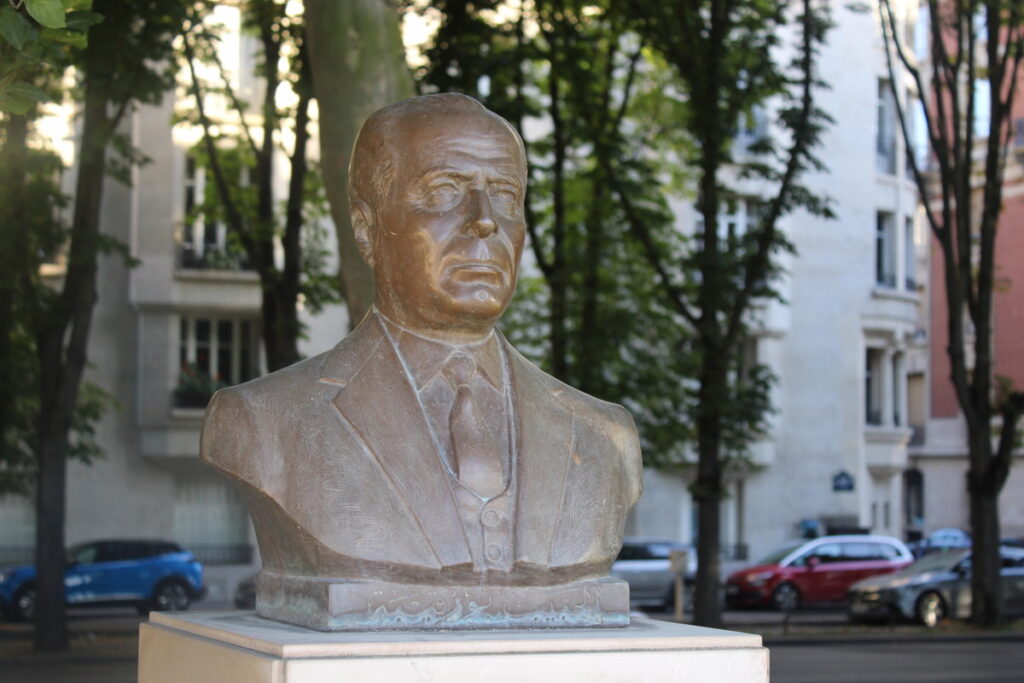
With a wonderful view of the Grand Palais, this large, peaceful stretch of greenery is named after independent Tunisia’s first president, Habib Bourguiba. The secular leader was in charge between 1957 and 1987, and was famously a supporter of women’s rights. Next to his plaque, there is a bronze bust of the leader looking towards the River Seine, with his name written in Arabic underneath.
Promenade Gisèle Halimi, 7th arrondissement
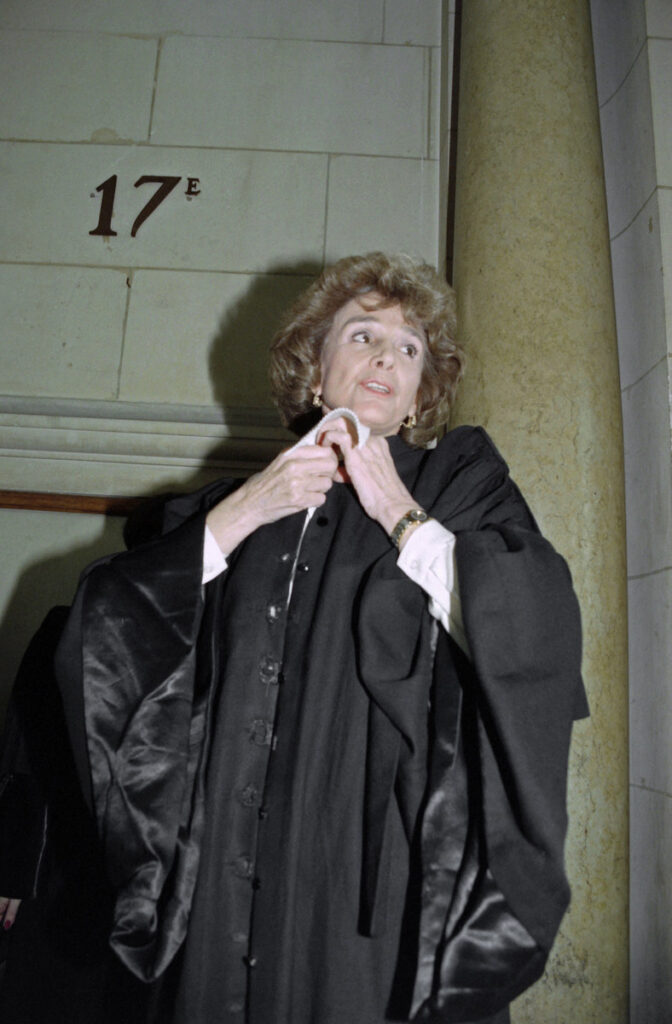
An admirer of Bourguiba, Halimi was a Tunisian-born French lawyer, feminist, and former member of the National Assembly in France. She died in 2020, aged 93, and this sloping pathway was named after her last year. Halimi’s life of hardships shaped the respected career she had. When she was born, her father hid her — ashamed of her gender. She went on a hunger strike at 10 and, at 16, rejected an arranged marriage, going on to study law in Paris. Halimi is perhaps best known for a 1972 trial, in which she defended a minor who had an abortion after being raped. It was a key event that propelled the country into legalizing abortion in 1975.
Place Mahmoud Darwich, 6th arrondissement
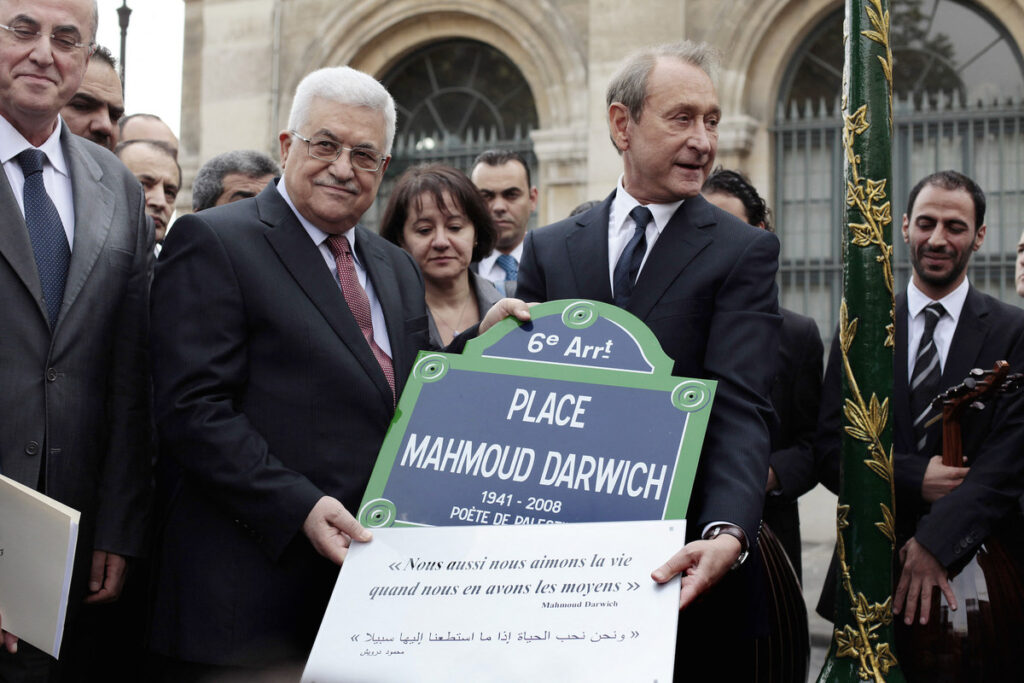
In 2010, just two years after the death of Palestine’s most famous poet Mahmoud Darwish, a square in Paris was inaugurated in his honor. Known for his writings on home, memory, and exile, Darwish spent many years outside of his native land. He lived in Beirut, Cairo, Tunis, and Paris. He had a special connection with the latter, describing it as the place where his “true poetic birth” happened. The plaque is situated in a district the poet reportedly liked, on the banks of the Seine and near the classical buildings of Institut de France and Monnaie de Paris.
Paris Massacre of 1961 memorial, 4th arrondissement
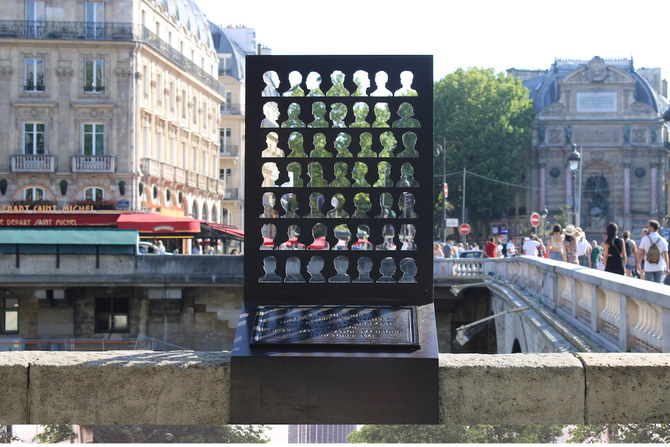
A few minutes away from Notre Dame Cathedral stands an unassuming but sobering reminder of how an Arab collective suffered during the turbulent Sixties. In 1961, when Algeria was seeking independence, a group of Algerian protesters were attacked by the police and some of their bodies were thrown into the Seine. In 2021, to mark the 60th anniversary of this horrific event, Paris mayor Anne Hidalgo inaugurated a memorial artwork, made of metal with silhouettes of heads carved out, in remembrance of those who lost their lives.
Maison de Dalida, 18th arrondissement
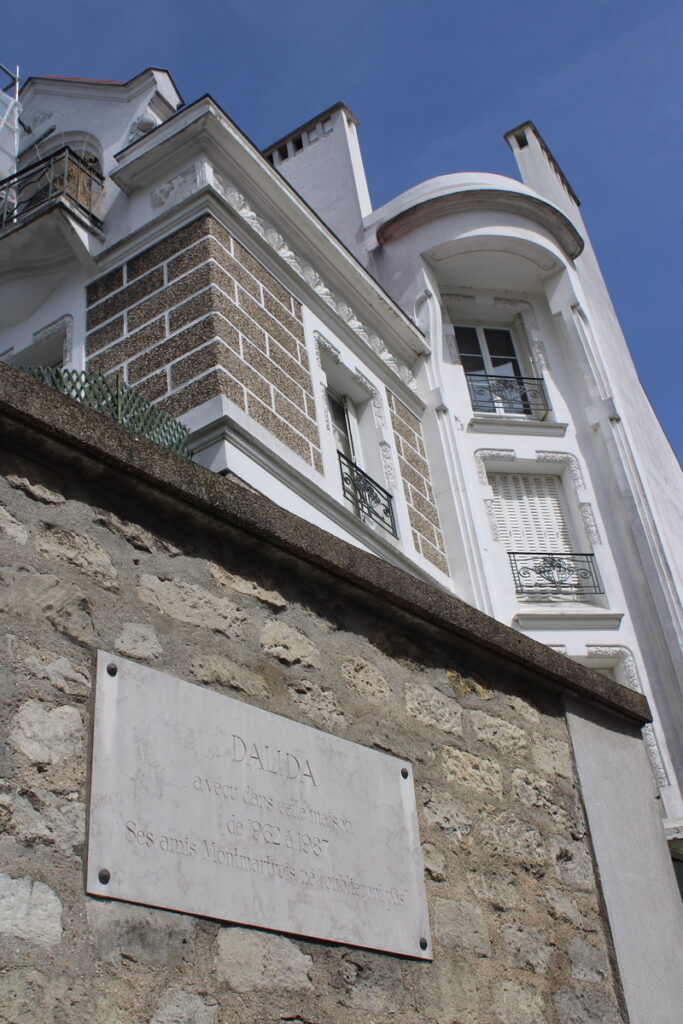
Between 1962 and 1987, the blonde bombshell diva Dalida, who was born to Italian parents in Egypt, lived in this four-story townhouse in hilly Montmartre, a quiet area outside of the bustling city center of the city that is historically associated with artists. Dalida sang in a variety of languages, including French, Italian, and Arabic. “Salma Ya Salama” and “Helwa Ya Baladi” are some of her most loved Arabic songs. Sadly, it was in this house that she committed suicide in 1987, as a result of tragedies in her personal life. The plaque on her house reads: “Her friends from Montmartre will not forget her.”
Maison de Gibran Khalil Gibran, 15th arrondissement
The acclaimed Lebanese-born poet and philosopher — and author of “The Prophet” — Khalil Gibran is well-known as a member of the Arab diaspora in 20th-century America. But he also lived in France for a time. Between 1908 and 1910, Gibran, who was then in his twenties, studied painting at Académie Julian in Paris. His stay in the city was made possible by the financial backing of American philanthropist, editor and Gibran’s lover Mary Haskell, who was 10 years his senior.
source/content: arabnews.com (headline edited)
___________
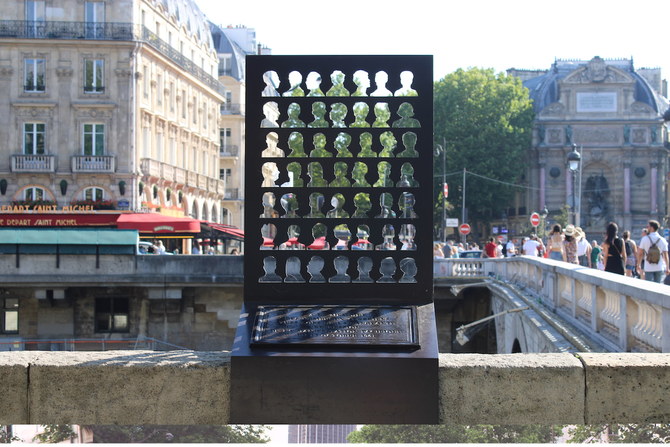
____________________________
ARABS IN PARIS, FRANCE
